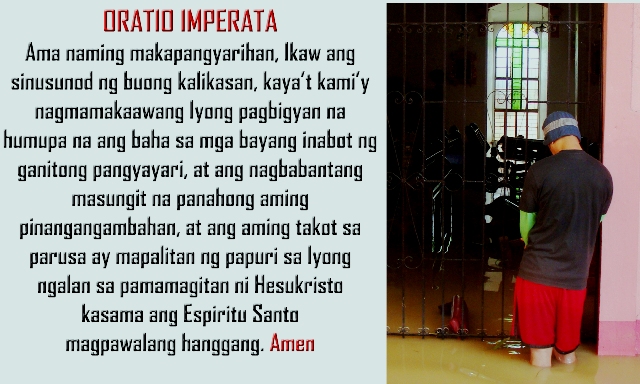By Dino Balabo
MALOLOS CITY—It will be a special non-working holiday in
Bulacan today (Friday) as the province celebrates the 163rd birthday of the
great propagandist, Gat Marcelo H. Del Pilar.
The celebrations will be led by Gov. Wilhelmino Alvarado
and Senator Teofisto Guingona III.
As guest speaker, Guigona is expected to speak on the
theme “Plaridel: Sa Tilamsik ng Diwa at Pusong Makabansa, Pilipino sa Buong
Mundo ay Dinadakila.”
Alvarado said that at least 5,000 Bulakenyos are expected
to gather at the Gat Marcelo H. Del Pilar National Shrine in Barangay San
Nicolas, Bulakan town.
“Hinihikayat ko ang mga Bulakenyo na suportahan at
pahalagahan ang mahalagang araw na ito sa pamamagitan ng sama-samang pagsariwa
sa diwa at kabayanihan ni Plaridel na naging bahagi sa pagkamit ng kalayaan ng
bansa,” Alvarado said.
He said that the holiday is in accordance with Republic
Act No. 7449 or “An Act Declaring August Thirty a Special Non-Working Holiday
in the Province of Bulacan,” which was approved on April 27, 1992.
Del Pilar is the youngest of the ten children of Don
Julian del Pilar, a gobernadorcillo and Doña Blasa Gatmaitan.
Isagani Giron, president emeritus of the Samahang
Pangkasaysayan ng Bulacan (Sampaka) said that in his early years, Del Pilar who
is popularly known for his pen name “Plaridel”, studied law and became a
lawyer.
However, his exposure to the plight of Filipinos and
Bulakenyos in particular, led him to start speaking against the abuses of the
friars.
A gifted speaker, Plaridel spoke on public markets,
cockpit arena and even in special occasions where many people gathered.
He also started writing satires that included “Aba
Ginoong Barya” and “Caiigat Cayo,” which drew the ire of Spanish friars.
Uncertain of his safety, he was convinced by his friends to
move to Spain, and continue the struggle there.
Before moving to Spain, Plaridel established Diariong
Tagalog which strongly criticized the way the Spaniards ran the government and
treated the people.
In Spain, he served as editor of La Solidaridad
newspaper, the mouthpiece of the propagandists working for reforms for the
Filipinos.
Del Pilar died of tuberculosis on July 4, 1896 in
Barcelona, Spain.





